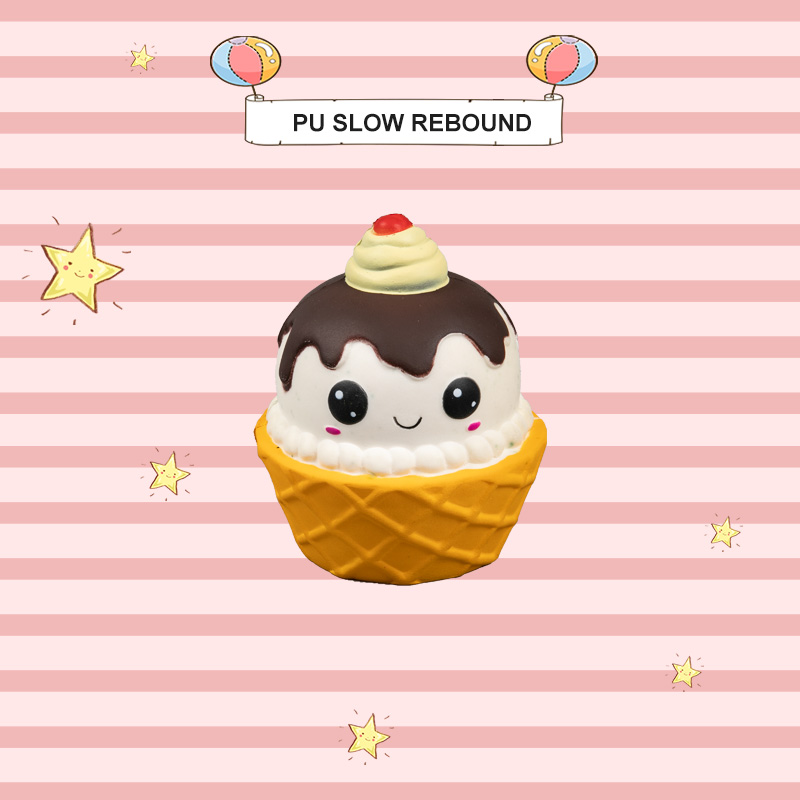More than 80% of the toys sold in the European and Amer […]
More than 80% of the toys sold in the European and American markets are made in China. As a large manufacturing country, China exports a large number of toys to Europe. Is there anything that needs to be paid attention to when exporting to Europe and even testing and certification when Amazon enters the European station? Hengxiang Testing will analyze it for everyone PU Fruits foam toy.
1. CE certification: CE marking is a pass for products to enter the EU for sale. In order to protect the safety of the lives and property of its members, the European Union has successively issued many safety directives, stipulating many products that need to be affixed with the CE mark. For example, the toy category of the fingertip top is also within the scope of CE certification.

In the EU market, the "CE" mark is a compulsory certification mark. Whether it is a product produced by an EU enterprise or a product produced in another country, if you want to circulate freely on the EU market, you must affix the "CE" mark to indicate the product It meets the basic requirements of the EU Directive "New Methods of Technical Coordination and Standardization". This is a mandatory requirement of EU law on products.
2. EN71: Standards for toy products in the EU market. The significance of this certification is to carry out technical specifications for toy products entering the European market through the EN71 standard, thereby reducing or avoiding toys' harm to children.
The items involved in the EN 71 testing standard include the following 11 categories:
EN 71-1: Physical and mechanical testing;
EN 71-2: Flammability test;
EN 71-3: Toxic metal migration test;
EN 71-4: Chemical experiment toys;
EN 71-5: Non-experimental chemical toys;
EN 71-6: Age warning label map;
EN 71-7: Paint and coating requirements;
EN71-8: Rocking, sliding and similar toys for indoor and outdoor family entertainment;
EN 71-9: General requirements for organic compounds in toys;
EN 71-10: Sample preparation and extraction of organic compounds;
EN 71-11: Analysis methods of organic compounds;
In addition, toys may also be mixed with regulatory requirements such as textiles and food contact materials. Therefore, we need to conduct specific analysis on specific products before entering the EU market to ensure that we enter the target market safely and compliantly. At the same time, we remind everyone that you must find the corresponding qualified organization, otherwise the false report issued will not be able to successfully settle in or export.